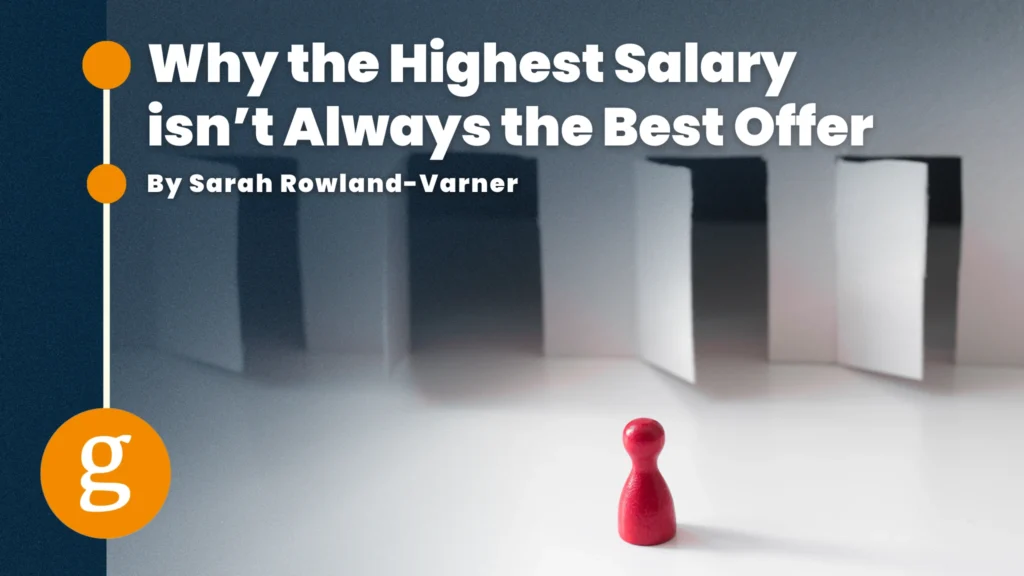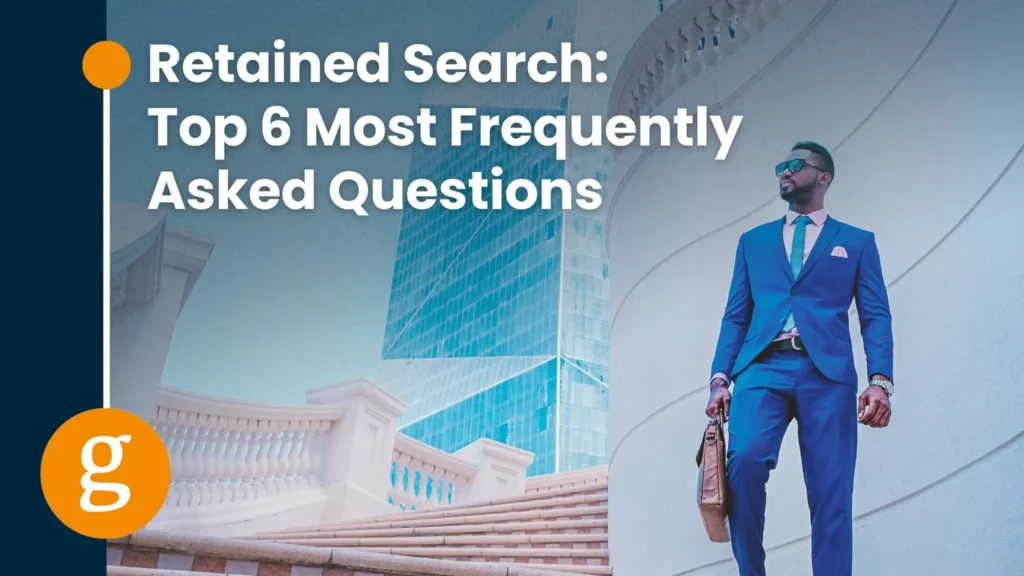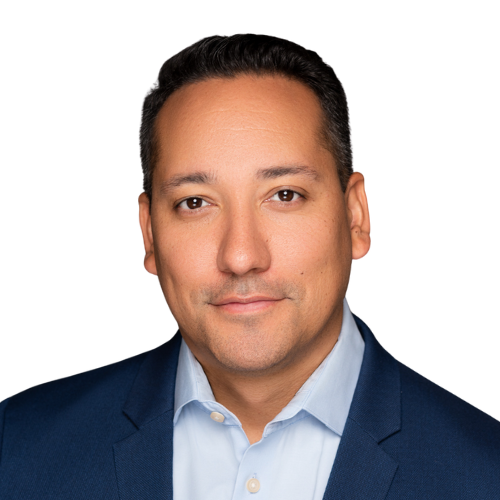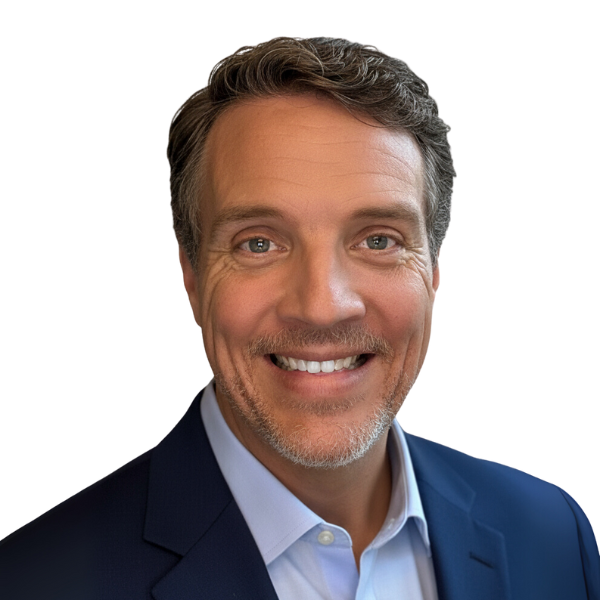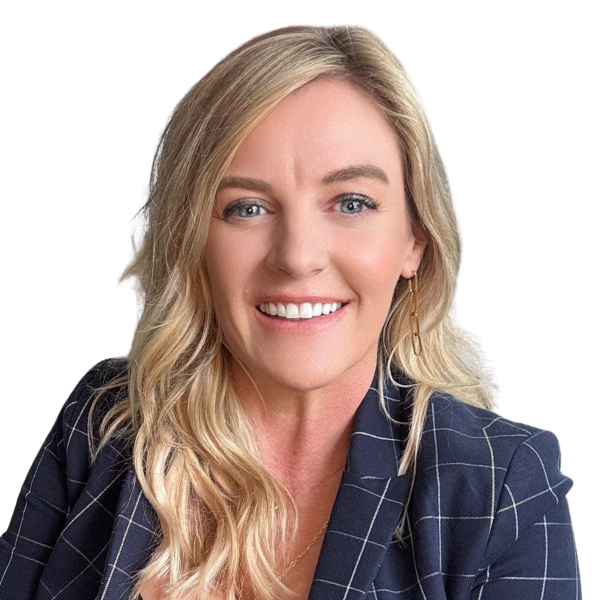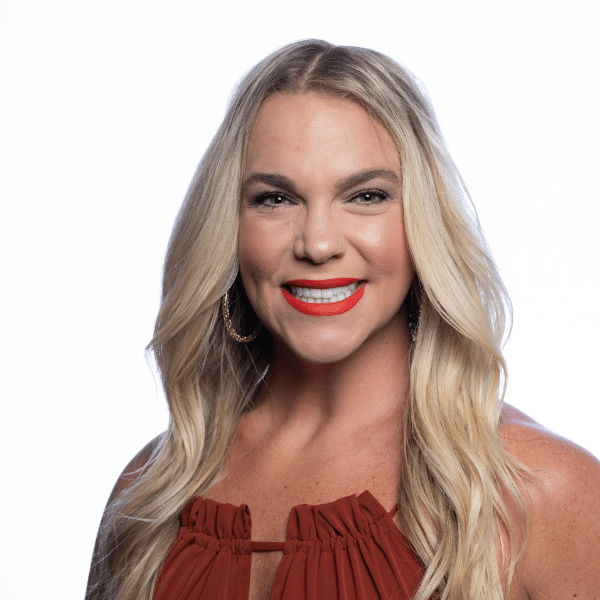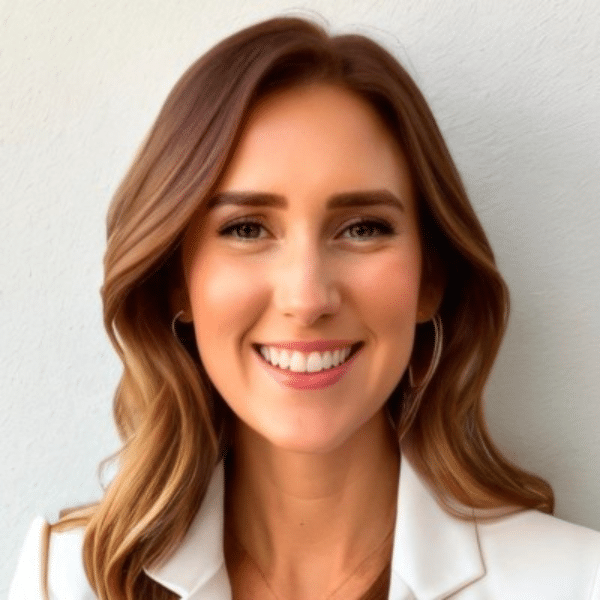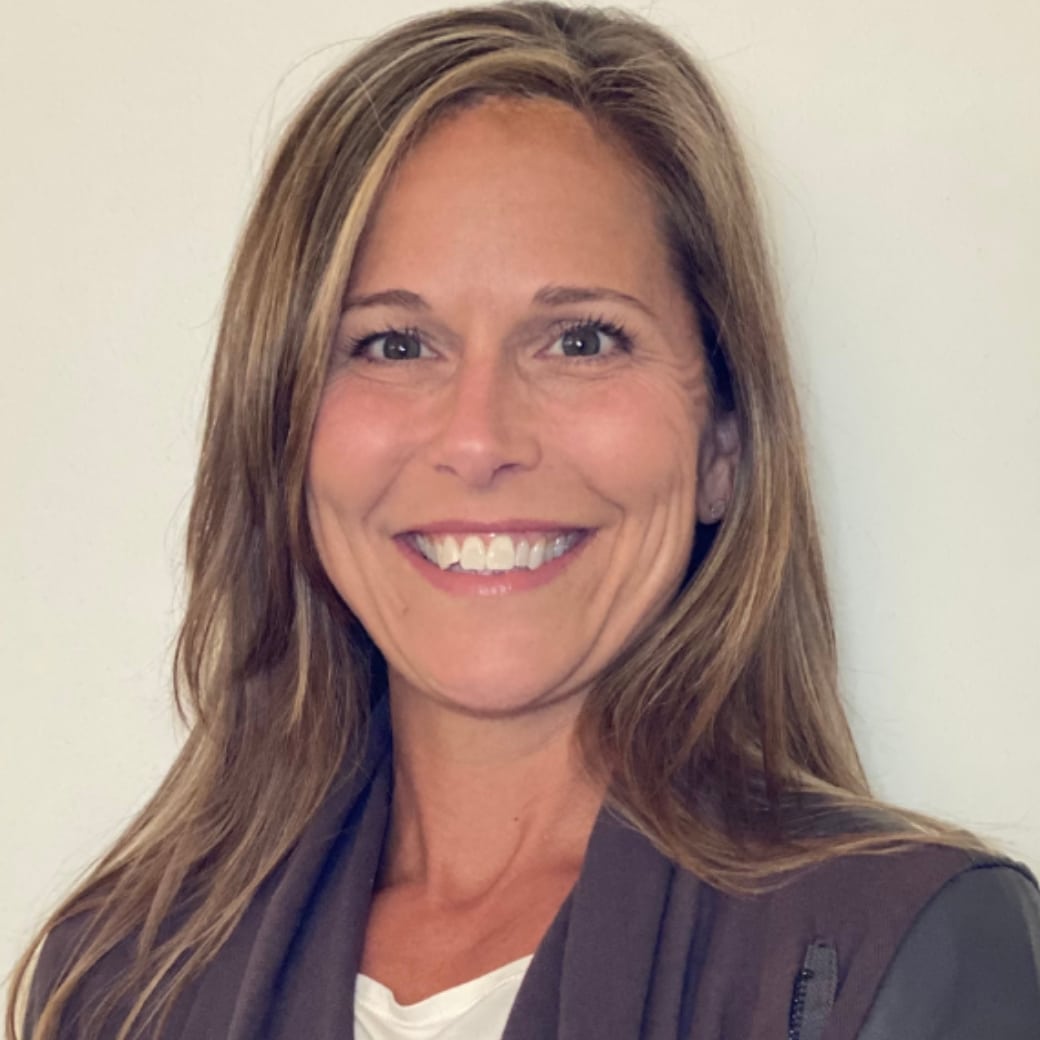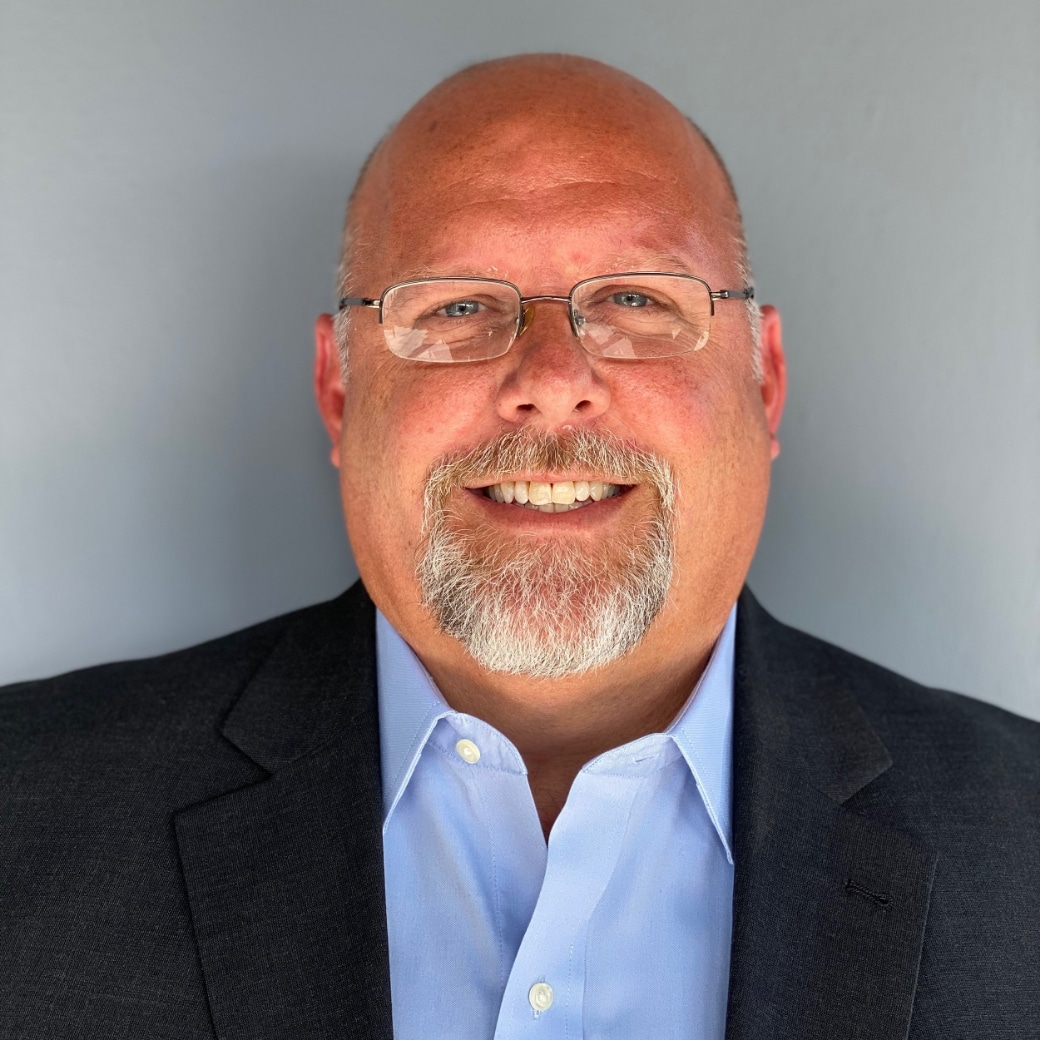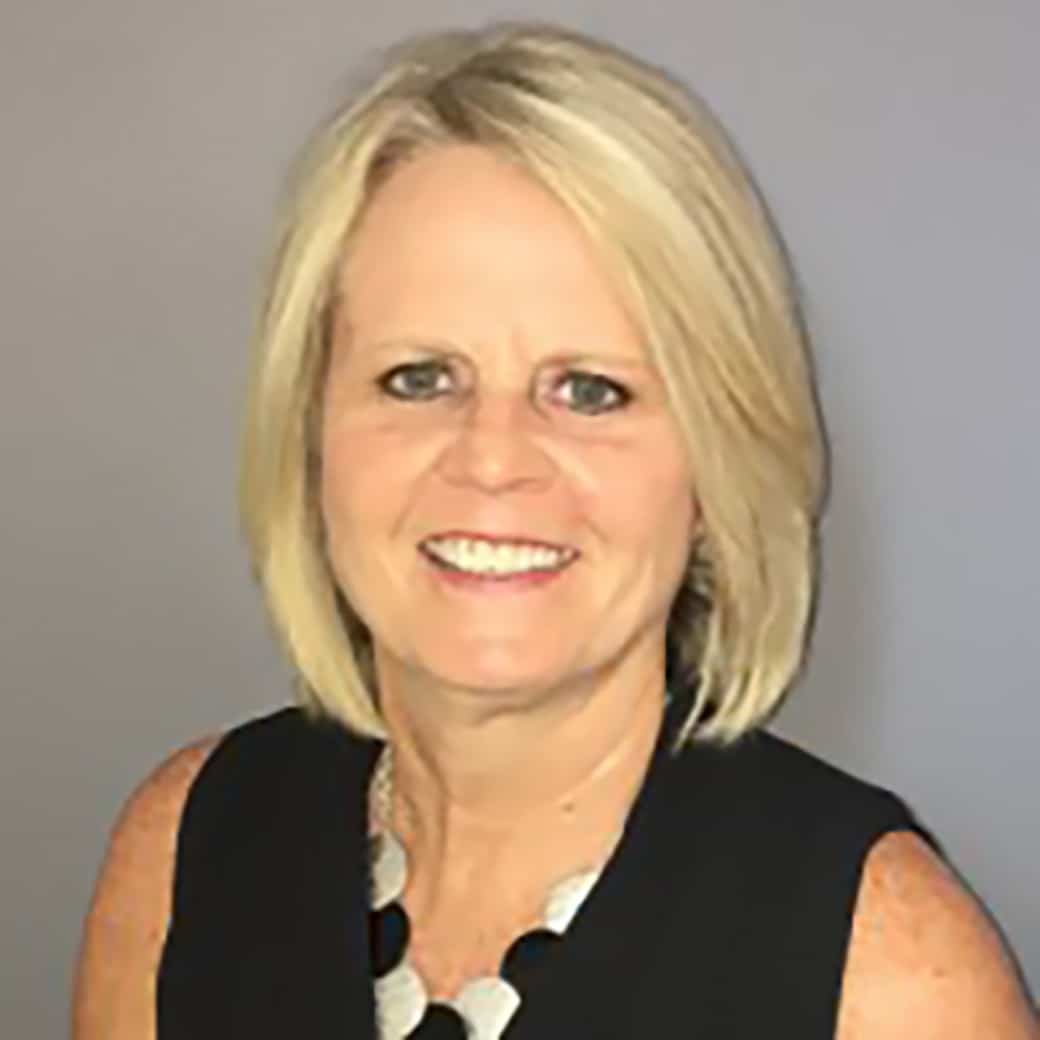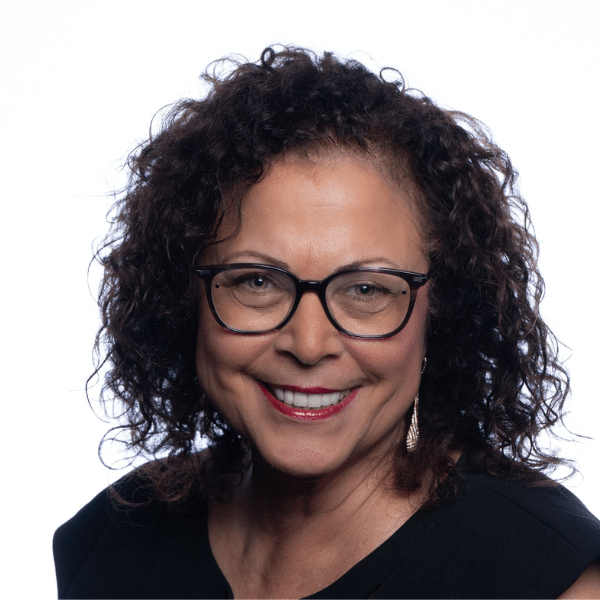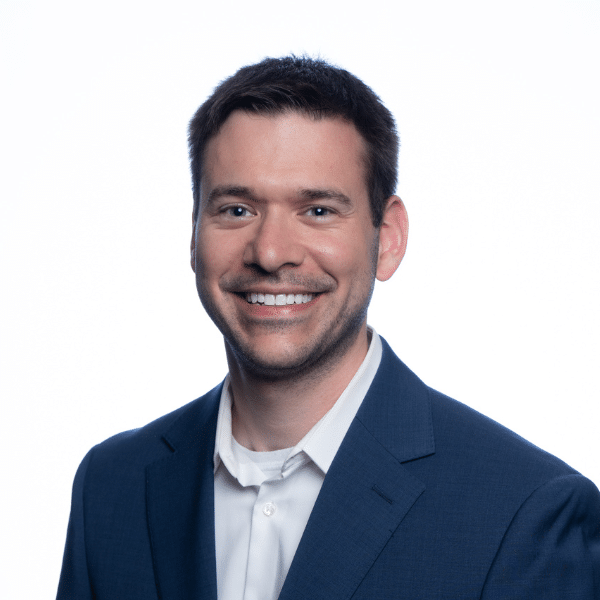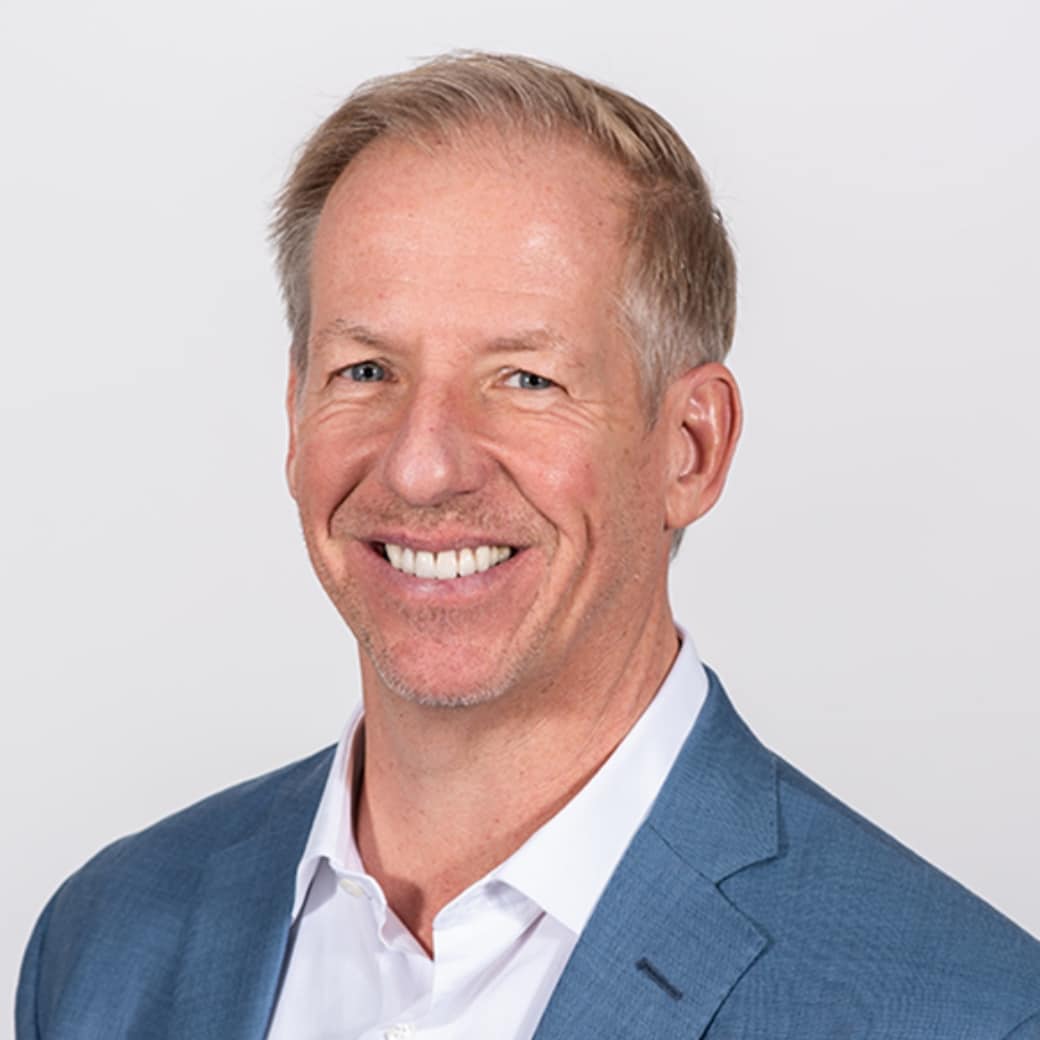Is Healthcare Coverage Worth It?
Goodwin Recruiting | Financial Services, Healthcare, Hospitality, Industry News, Manufacturing & Engineering, Senior Living | January 5, 2023
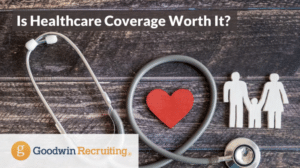
The number of Americans without health insurance has dropped to historic lows. While this number fluctuates by the month, year, and decade, recent statistics are steady and strong, federal and state policies and programs are growing, and insurance companies are expanding their options, coverages, and health plans.
By early 2022, the uninsured rate reached an all-time low of 8.0% among U.S. residents of all ages. The percentage of insured people has grown significantly over the past 10 years, which is reflected in a sharp and continuing increase following the passage of the Affordable Care Act (ACA) in 2014.
By the end of 2021, nearly 92% of our population had some form of health coverage, compared to 84.3% in 2011. Coverage spiked during COVID-19 through policy changes that helped uninsured people get covered, along with expanded Marketplace subsidies under the American Rescue Plan (ARP), and several states expanded Medicaid eligibility under the ACA.
What about the uninsured? While this solid trend is very encouraging, the flip side is that as of 2021, 30 million people in the United States are still navigating life without health insurance. Although these include children and people of all ages, the vast majority of the uninsured are working-age adults.
What are the obstacles to securing health coverage? For many people, lack of healthcare coverage is attributed to cost, and granted, it can amount to large monthly premiums, or quarterly, semi-annual, or annual investments. And beyond the premiums, there are also out-of-pocket healthcare costs, such as co-pays, coinsurance, and some prescription drugs, and deductibles must also be paid.
Other reasons for lack of coverage include voluntary or involuntary job loss, ineligibility for employer programs, death of a family member whose job provided insurance coverage, divorce, economic recessions, high deductibles, and other life and economic factors. Adding to the mix of reasons is that public health insurance programs aren’t available to working-age adults (people 19-64 years of age) as they are for children (CHIP or Medicaid) and seniors (Medicare).
When considering the alternative, the question must be asked: Is health insurance worth the cost?
The answer is a resounding yes
Consider that in 2018 alone, as reported by the CDC, there were 130 million emergency room visits – 40 visits per 100 people – with 35 million being injury-related and 16 million+ resulting in hospital admission. In 2019, the average cost of an inpatient day at nonprofit hospitals was $2,738 and $2,149 at for-profit hospitals. The average stay was 4.6 days, representing a total healthcare cost range of about $10,000 to $12,600. Or, consider the surgical treatment of a broken leg, which can range anywhere from $17,000 to $35,000, or the medical cost of a COVID-19 hospitalization at an average of $41,611. Just having a baby today costs on average nearly $19,000, including pregnancy, delivery, and postpartum care.
The cost of health insurance pales in comparison! In 2022, based on an employer health benefits survey, the average annual health insurance premiums are $7,911 for single coverage.
The uninsured are also less likely to catch potentially serious health issues in time to arrest advancement. Without insurance, many people do not take advantage of preventive care services, such as routine doctor check-ups and screenings, and if an issue does arise, they usually cannot afford treatment or medical bills and often seek no treatment at all.
We’re human. Healthcare is part of the deal. None of us plan to get sick, injured, or disabled, or plan to have our tonsils or appendix removed, but the reality is that at some point, maybe at many points during our lives, we are going to need medical assistance or intervention, whether minor, moderate, or major. In a world where medical costs have skyrocketed, having no health insurance places the burden of cost on the uninsured and their families.
Paying for medical costs out of pocket, whether for an accident, an unexpected illness, a health emergency, or other type of health event, can set people back thousands of dollars, or worse, wipe out savings accounts, college funds, retirement accounts, or even lead to bankruptcy.
An estimated 41% of U.S. adults (100 million!) face healthcare debt, ranging from under $500 (16%) to $10,000 or more (12%). Health-wise and financially, the cost and health benefits of having access to health coverage and medical care is well worth it.
How recently have you explored options? Affordable access is growing nationwide!
Health insurance in the United States is provided through private and public insurance programs, including through employer-sponsored plans, Medicare, Medicaid, and more recently, the ACA and health insurance Marketplace. If you, a family member or other loved one, or someone you know lacks health insurance due to the perception that it’s not affordable or the options are not suitable or adequate, now is the time to take another look at what is available to you. Things have dramatically changed on the health insurance front, including plans that cover pre-existing conditions, as well as health insurance assistance programs, customized health plans for self-employed professionals and small businesses, and a multitude of other new options.
Over the past two years, Congress has passed measures to improve access to public and private health insurance coverage during COVID-19, including the introduction of policies to help people access and afford the cost of care. Additionally, the increasing insurer participation trend in marketplaces nationwide has been ongoing since 2019. These and other federal and state policies and programs have boosted public coverage in 36 states.
According to HealthInsurance.org, the private health insurance industry is more uniform from state to state due to the ACA’s nationwide regulatory framework. All major medical carriers and plans must conform to ACA requirements. But there are still vast differences in available options. In 2021, the number of carriers participating in each state’s health insurance exchange now ranges from one to 13, and overall insurer participation grew again for 2022.
Here are some helpful resources to guide you in searching for health insurance today:
Resources and Tools to Help You Find Health Insurance Coverage in Your State
How to Find and Sign-Up for Health Insurance (ACA, Health Insurance Plans, Long-Term Care, Insurance for People with Disabilities)
Be prepared for any eventuality
Even if you don’t need health insurance right now, it’s a great thing to have in place when unforeseen circumstances and medical expenses arise. You will be prepared, and this will give you peace of mind now and ongoing assurance that you can get medical assistance when you need it.
The same brand of preparedness applies to talent recruiting in the medical and healthcare field, whether you are a hiring company or professional wanting to protect your future. You might not need a new hire at this moment, or your current job might be secure, but it’s always a smart and healthy choice to have a recruiting firm in your back pocket. It’s like having a physician who knows you personally and can get to work right away to protect and improve your outcomes.
Goodwin Recruiting specializes in healthcare talent recruiting, sourcing professionals for organizations across the healthcare industry and helping candidates find roles that allow them to use their skills and make valuable contributions in their jobs. We would be honored to be your recruiting agency of choice for all your hiring needs, including for these and many other complex, hard-to-fill roles:
- Medical Directors
- Chief Nursing Officers
- Nurse Practitioners
- Registered Nurses
- Licensed Practical Nurses
- Nurse Managers
- Occupational Therapists / Physical Therapists
- Rehabilitation Managers
- Physicians
- Physician Assistants
- Human Resources Directors
- Healthcare Administrators
- Directors of Food Services
- Dietary Managers
- Registered Dieticians
- Pharmacists
Make a connection with Goodwin Recruiting today!
Share This Article



